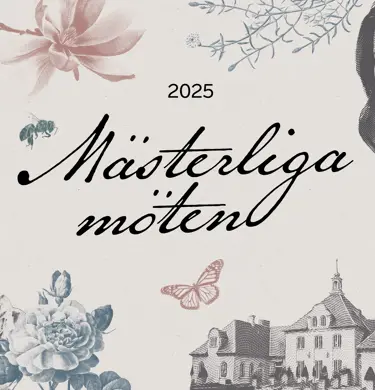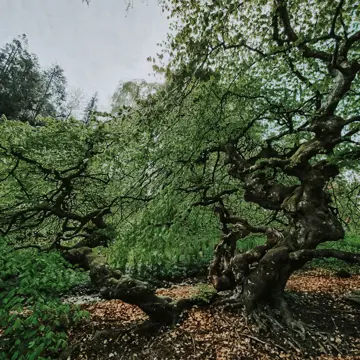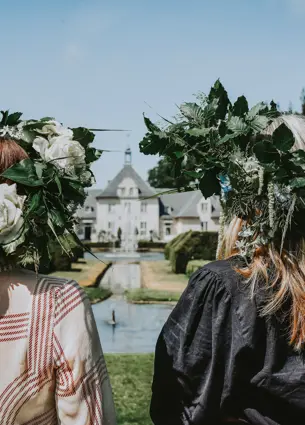
Welcome to Norrviken Gardens
A place where nature and history come together in ever-changing beauty. Explore Norrviken Gardens, a vibrant oasis filled with lush greenery, culture, and inspiring experiences throughout the seasons.
This Week’s Opening Hours
10:00 AM – 5:00 PM
Wednesday to Sunday

A Weekend in the Spirit of Spring – May 10-11
Welcome to an Inspiring Spring Weekend. Step into a celebration of blooming beauty, garden tours, and the joy of spring. Enjoy the sight of magnolias and cherry blossoms, and explore the exhibition Love the Weeds.
Saturday offers a vibrant mix of experiences: a plant market, a vintage vehicle gathering, guided tours of the newly designed Molin Garden Room, gardening advice with Karin Wennerholm, tips from Hasselfors Garden, and an exclusive fashion show by MallaSweden.
On Sunday, Hasse’s Happy Garden opens with music and play for the whole family, and in Erikshus, Lisen Sundgren shares the powerful stories of weeds, together with Pollinate Sweden and Lena Granefelt.
A weekend for all the senses – filled with encounters, inspiration, and the most beautiful moments of spring.

This Year’s Exhibitions
This year, we invite you to a grand experience where art and nature come together. Through a series of unique exhibitions, we welcome you into a world where the unexpected meets the timeless – where history and contemporary expression merge in creative ways.
Experience the soul of birds through Tim Flach's captivating photographs in Birds, or discover how couture and art blend in In the Weave of Creation, where Bea Szenfeld, Frida Jonsvens, Linnéa Samia Kahlil, and Martin Bergström interpret the beauty of the garden. Step into the story of Frida Kahlo, Karin Larsson, May Morris, and Karen Blixen in How They Loved Their Garden – a tribute to the creative power of nature.
More exhibitions to explore throughout the year: Love Weeds, Norrviken in Tones, Photosynthesis, Weddings in Bloom and The Gardener's World.
Welcome to step into a world of inspiration, beauty, and unexpected encounters – a season where you are part of the story.
Two of this Year’s Highlights

Weddings All Year Round
Norrviken Gardens is a place where love and nature come together in a fairytale setting. Here, among lush garden rooms and blooming pathways, weddings filled with magic and timeless beauty are created. With the sea on the horizon and the greenery of the period gardens as a backdrop, you can celebrate your entire special day in one place – from the ceremony and wedding reception to the party that lasts long into the night.
It’s no coincidence that Norrviken is one of Sweden’s most sought-after wedding venues. Here, nature becomes part of the celebration, the changing seasons give each day its unique touch, and every wedding becomes a story in itself – a story that begins here, but lives on forever.










